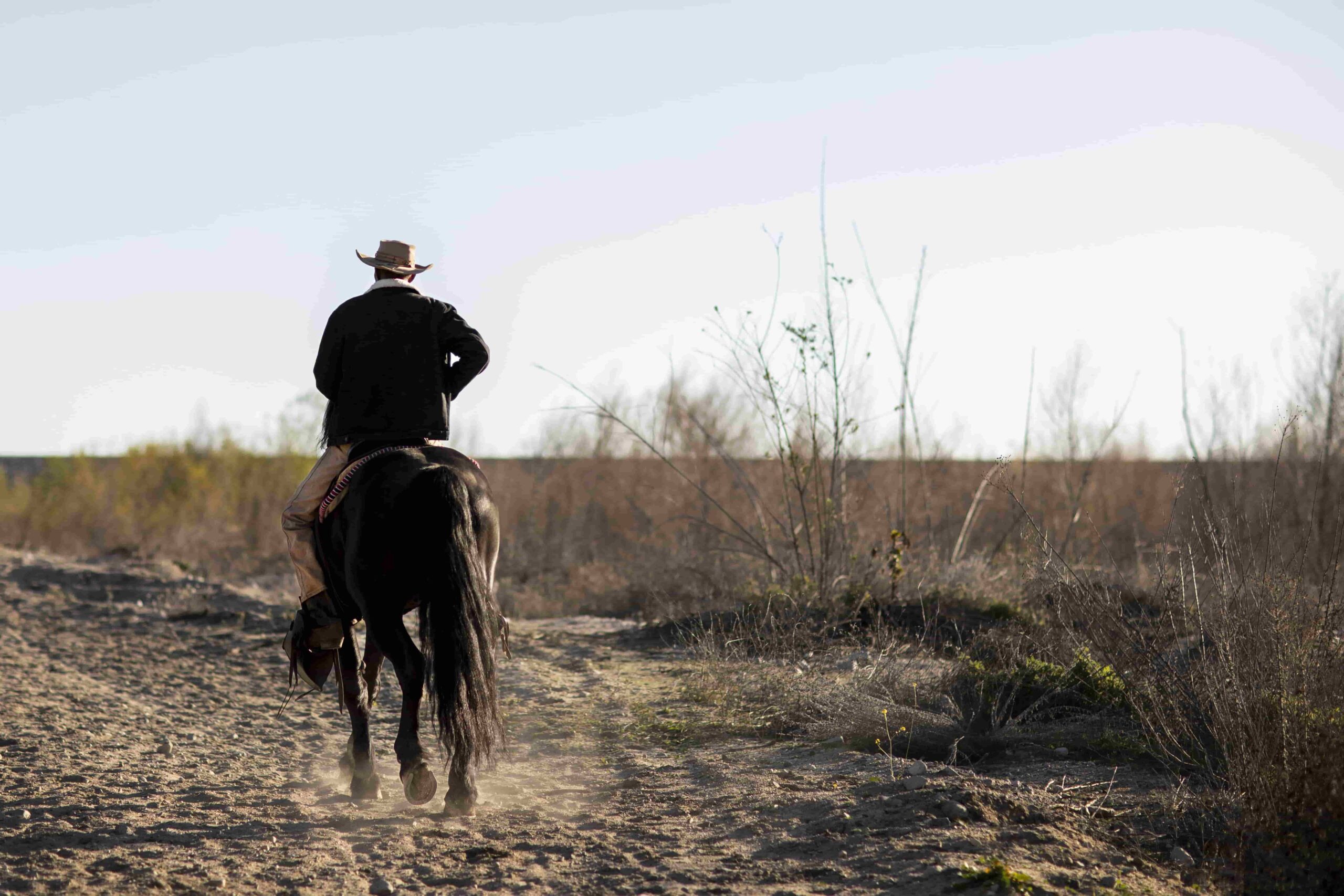Introduction
Varmint hunting, a pursuit deeply rooted in tradition, has evolved with the advent of technology. The thrill of tracking elusive prey like coyotes, foxes, and hogs is intensified by the challenge of nighttime hunts. For hunters, wildlife enthusiasts, and outdoor adventurers, the inclusion of night vision thermal scopes has become a game-changer. These high-tech tools significantly enhance your ability to spot and track varmints in the dark. This blog post will explore the world of varmint hunting and how these scopes can maximize your success rate. We’ll cover various aspects, from understanding how these scopes work to selecting the right one for your needs, and provide practical tips for using them effectively in the field.
Understanding Night Vision Thermal Scopes
Night vision thermal scopes are a technological marvel designed to help hunters see in the dark by detecting heat signatures. Unlike traditional scopes that rely on magnification and light, thermal scopes use infrared sensors to capture the heat emitted by animals. This makes them incredibly effective, especially when varmint hunting in low-light conditions. These scopes allow you to see the outline and movement of varmints, even in complete darkness. The advantage of thermal scopes over traditional scopes is their ability to detect animals hidden in thick vegetation or behind obstacles. This gives hunters an edge by revealing varmints that would otherwise go unnoticed.
The use of thermal scopes in varmint hunting offers a significant advantage. They enable hunters to cover more ground and spot targets from greater distances. Additionally, these scopes often come with features like digital zoom and video recording, allowing hunters to review their hunts for analysis and improvement.
Selecting the Right Thermal Scope
Choosing the right thermal scope is crucial for maximizing your varmint hunting success. There are several factors to consider before making a purchase. Firstly, consider the range of the scope. Different scopes have different detection ranges, so it’s essential to choose one that matches your typical hunting environment. Secondly, resolution is vital for clarity and detail. Higher resolution scopes provide sharper images, making it easier to identify targets accurately. Battery life is another critical factor to keep in mind. Extended battery life ensures that your scope won’t run out of power during a hunt. Finally, consider your budget. Thermal scopes come in a wide range of prices, so finding one that fits your needs and budget is essential.
Investing in a quality thermal scope can make a significant difference in your hunting experience. It’s worth taking the time to research and find a scope that offers the right balance of features for your specific varmint hunting needs.
Best Practices for Varmint Hunting with Thermal Scopes
To maximize your success with thermal scopes, it’s essential to follow some best practices. First, take the time to properly set up your scope. Ensure it’s securely mounted, and the settings are adjusted for nighttime conditions. Proper calibration is crucial to ensure clear images and accurate targeting. Scouting is another essential aspect of varmint hunting with thermal scopes. Before your hunt, spend time observing the area to identify potential varmint hotspots. Look for signs of activity, such as tracks or droppings, to increase your chances of success. Furthermore, it’s important to adjust your approach for nighttime hunting. Move slowly and quietly to avoid alerting varmints to your presence. Patience is key, as nighttime hunting requires a different mindset than daytime hunting.
By adhering to these best practices, you’ll improve your chances of a successful varmint hunt and fully leverage the advantages of your thermal scope.
Case Studies and Success Stories
Hearing real-life success stories from fellow hunters can inspire and motivate you to try thermal scopes for varmint hunting. One such story comes from a hunter who used a thermal scope to successfully track and capture a coyote in dense woods. By employing his thermal scope, he was able to see the coyote’s heat signature through the thick underbrush, giving him a clear shot. Another hunter shared his experience of using a thermal scope to spot a group of feral hogs during a nighttime hunt. The scope’s range and clarity allowed him to accurately target multiple hogs, preventing damage to local crops. These success stories highlight the effectiveness of thermal scopes in various terrains and situations.
Learning from these experiences can help you understand the practical applications of thermal scopes and inspire you to achieve your own success in varmint hunting.
Maintenance and Care of Thermal Scopes
Proper maintenance and care of your thermal scope are essential for ensuring its longevity and performance. Start by cleaning your scope regularly to remove dirt, dust, and moisture that can accumulate during hunts. Use a soft brush and lens cleaning solution to gently clean the lenses without scratching them. It’s also important to store your scope in a protective case when not in use. This prevents damage from accidental bumps and exposure to harsh weather conditions. Additionally, check the battery level before each hunt and recharge or replace it as needed to avoid running out of power in the field.
Following these maintenance tips will help keep your thermal scope in optimal condition, ensuring it continues to perform at its best for your varmint hunting adventures.
Conclusion
In conclusion, varmint hunting with night vision thermal scopes offers a wealth of advantages to hunters, wildlife enthusiasts, and outdoor adventurers. These high-tech tools enhance your ability to spot and track varmints in the dark, increasing your success rate and overall hunting experience. By understanding how thermal scopes work, selecting the right one for your needs, and following best practices, you’ll be well-equipped for successful varmint hunts. Remember to properly maintain and care for your thermal scope to ensure its longevity and performance.
We encourage you to share your own experiences and insights with thermal scopes in the comments below. Your stories and tips can help fellow hunters and enthusiasts improve their skills and success rates. Additionally, stay tuned for future articles on related topics, where we’ll continue to explore the exciting world of hunting technology and strategies.





